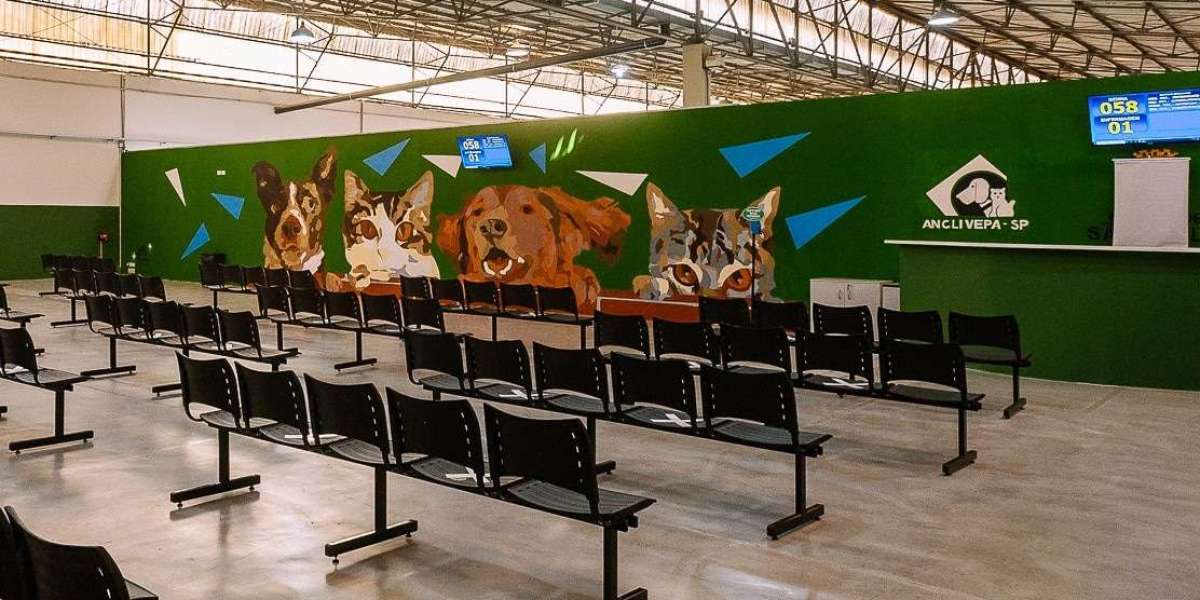The hospitality industry is always on the lookout for innovative ways to enhance guest experiences. One such innovation is the installation of terrace awnings. These versatile structures offer numerous advantages that can significantly improve the ambiance and functionality of outdoor spaces. In this article, we will explore the top five benefits of installing terrace awnings in the hospitality industry.

1. Enhanced Guest Comfort
One of the primary benefits of terrace awnings is the enhanced comfort they provide to guests. By offering shade and protection from the elements, awnings create a more pleasant outdoor environment. This is particularly important for restaurants, cafes, and hotels that rely on outdoor seating to attract customers.
"Terrace awnings provide a comfortable and inviting atmosphere for guests, encouraging them to stay longer and enjoy their experience." - Hospitality Expert
Imagine a guest enjoying their meal under a stylish awning, shielded from the harsh sun or unexpected rain. This level of comfort can lead to increased customer satisfaction and repeat business.
2. Increased Usable Space
Terrace awnings effectively increase the usable space of your establishment. By covering outdoor areas, you can create additional seating or event spaces that can be used year-round. This is especially beneficial for businesses with limited indoor space.
Consider a small café that installs a retractable awning. This simple addition can transform a previously unused outdoor area into a bustling dining space, thereby increasing the café's capacity and revenue potential.
3. Energy Efficiency
Another significant advantage of terrace awnings is their contribution to energy efficiency. By providing shade, awnings can reduce the amount of heat entering a building, thereby lowering cooling costs during hot months. This not only helps the environment but also reduces operational expenses.
According to a study by the Professional Awning Manufacturers Association, awnings can reduce cooling energy by up to 25%. This makes them a smart investment for any hospitality business looking to improve its sustainability efforts.
4. Aesthetic Appeal
Terrace awnings come in a variety of styles, colors, and materials, allowing businesses to choose designs that complement their brand and enhance the overall aesthetic appeal of their property. A well-chosen awning can serve as a visual focal point, attracting passersby and drawing them into your establishment.
For example, a chic, modern awning can give a contemporary restaurant a sleek and sophisticated look, while a classic, striped awning can add charm to a quaint café.

5. Versatility and Customization
Terrace awnings offer a high degree of versatility and customization. They can be retractable or fixed, manual or motorized, and can be tailored to fit any space. This flexibility allows businesses to adapt their outdoor areas to meet changing needs and preferences.
For instance, a hotel might install motorized awnings that can be easily adjusted to provide shade during the day and retracted in the evening to allow for stargazing. This adaptability enhances the guest experience and maximizes the use of outdoor spaces.
Conclusion
In conclusion, terrace awnings offer numerous benefits for the hospitality industry, from enhancing guest comfort and increasing usable space to improving energy efficiency and aesthetic appeal. Their versatility and customization options make them a valuable addition to any hospitality business looking to elevate its outdoor spaces.
Investing in terrace awnings is a strategic move that can lead to increased customer satisfaction, higher revenue, and a more sustainable operation. If you are considering enhancing your outdoor areas, terrace awnings are certainly worth exploring.










